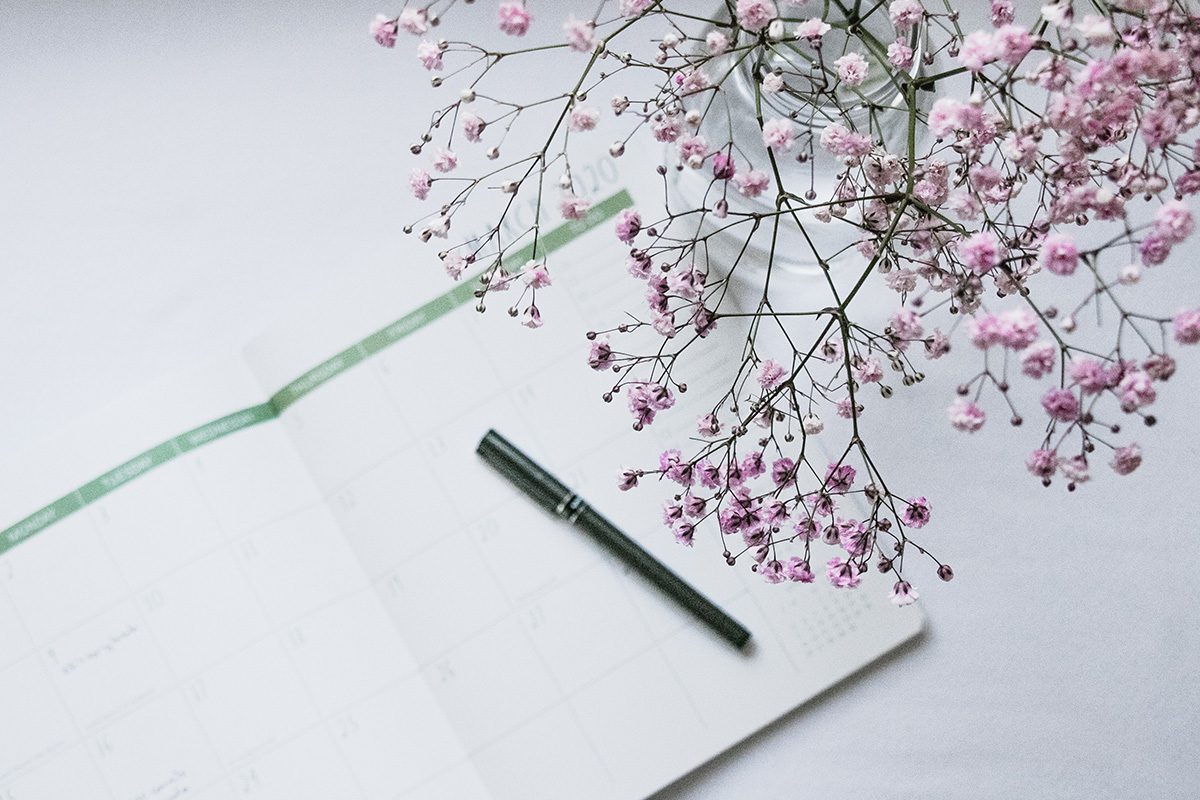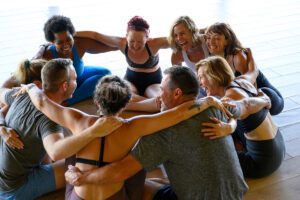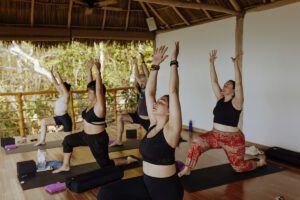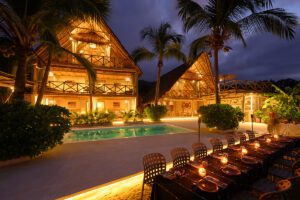Creating a balanced 7-day schedule for your yoga retreat requires careful planning to ensure that participants have a transformative and enriching experience. Here’s a step-by-step guide to help you craft a well-balanced retreat schedule:
Day 1: Arrival and Orientation
- Afternoon: Welcome and check-inOrientation session, introductions, and setting intentions.
- Evening: Gentle yoga or meditation to relax and ground participants.
Day 2: Deepening the Practice
- Morning: Sunrise yoga and meditation
- Late morning: Workshop or class on yoga philosophy or a specific aspect of yoga
- Afternoon: Free time for relaxation, exploration, or spa treatments
- Evening: Evening meditation or restorative yoga
Day 3: Connection and Community
- Morning: Vinyasa flow yoga
- Late morning: Group activity to foster connections among participants (e.g., group discussions, team-building exercises)
- Afternoon: Free time for reflection or optional excursions
- Evening: Evening meditation or guided journaling session
Day 4: Nature and Exploration
- Morning: Outdoor yoga session (e.g., beach yoga, forest yoga)
- Late morning: Guided nature walk or outdoor mindfulness practice
- Afternoon: Free time for exploration, beach time, or local cultural experiences
- Evening: Evening meditation or beach bonfire gathering
Day 5: Workshops and Self-Discovery
- Morning: Challenging yoga practice to build strength and focus
- Late morning: Workshop on self-discovery, personal growth, or mindfulness
- Afternoon: Free time for reflection or optional workshops
- Evening: Evening meditation or group sharing circle
Day 6: Cultural Immersion
- Morning: Yoga session with a local cultural twist (e.g., traditional dance-inspired yoga)
- Late morning: Cultural excursion or activity (e.g., visiting a local market, cooking class)
- Afternoon: Free time for relaxation or shopping
- Evening: Evening meditation or cultural storytelling session
Day 7: Integration and Closing
- Morning: Closing yoga practice and meditation
- Late morning: Group reflection and sharing of insights and experiences
- Afternoon: Free time for personal reflection, relaxation, or optional activities
- Evening: Closing ceremony, gratitude circle, and farewell dinner
Day 8: Departure
- Morning: Check-out and farewells
- Afternoon: Departures and transfers
Tips for Crafting a Balanced Schedule:
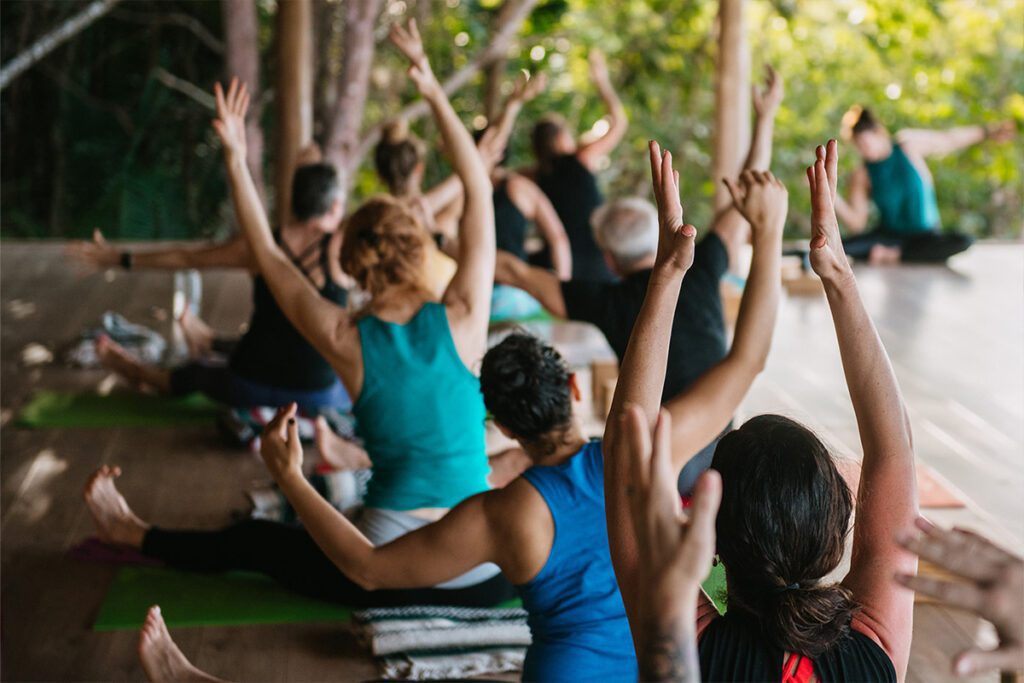
- Variety: Include a variety of yoga styles, meditation practices, and workshops to cater to different participant preferences and abilities.
- Free Time: Allow for free time for participants to relax, explore the surroundings, or schedule optional activities. This encourages self-reflection and individual growth.
- Balance Activity Intensity: Alternate between more vigorous and gentle practices to prevent physical and mental fatigue.
- Cultural and Nature Integration: Infuse local culture and natural elements into the schedule to create a holistic experience.
- Group Bonding: Include group activities and sharing circles to foster connections among participants.
- Self-Reflection: Allocate time for personal reflection, journaling, or contemplative walks.
- Flexibility: Be open to adjusting the schedule based on the group’s energy and needs.
- Incorporate Rest: Ensure participants have downtime to rest and rejuvenate, especially in longer retreats.
Remember that the key to a successful yoga retreat schedule is to strike a balance between yoga practice, self-discovery, relaxation, and cultural exploration, all while aligning with the retreat’s theme and objectives.
